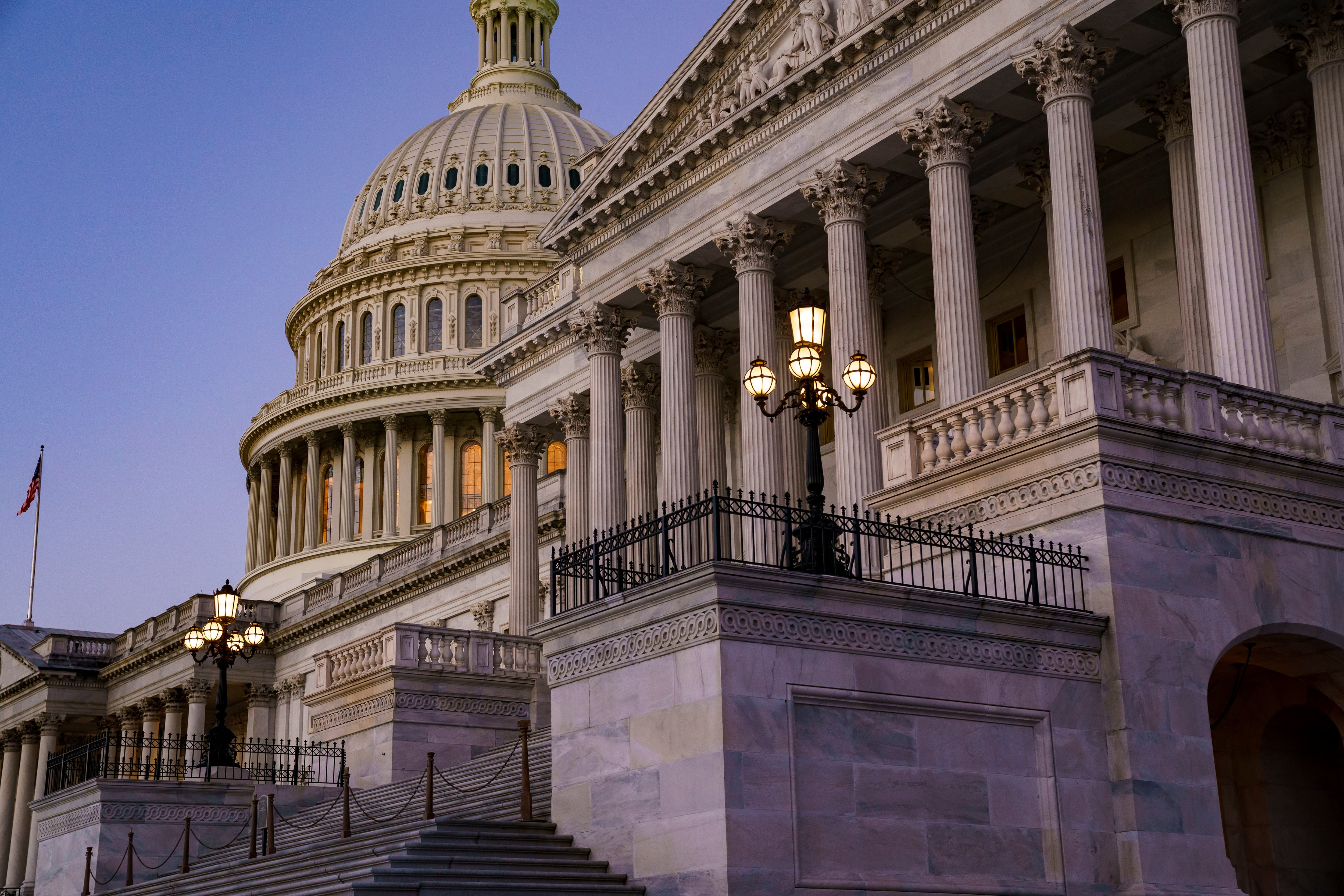Half of federal employees have applied for a new job since 2021 when agencies were first formally told to initiate return-to-office plans in the wake of the pandemic, according to a survey of more than 960 workers across agencies by Federal Times.
That includes jobs in and out of government, suggesting there’s perhaps some substance to the oft-repeated claim that employees will look elsewhere if they feel reentry plans clash with their beliefs about how agencies should broker telework agreements.
“I have said this to my management team: ‘I just want to let you know I am looking for other federal jobs,’” said Karime Masson, a federal employee. “And I’m not the only one in my office. I would like a job where I can work remotely five days a week.”
About 41% of respondents said they’re teleworking less now than they were at the height of the pandemic, though 95% said they retain the ability to work from home at least some of the time.
Of those who left their government job, more than a third said the ability to telework was the deciding factor. Another 30% said it weighed heavily in the decision.
There may be a cautionary tale here for agencies that are bent on calling federal employees back to work who haven’t already been onsite at warehouses, tarmacs or hospitals. Many agencies have various human capital needs in the red, with historic recruiting shortfalls at agencies like Social Security, particularly for customer service representatives and those in IT and cyber. Some surveys, including this one, indicate employees are attracted to telework and will gravitate to job listings offering it.
OPM found that in assessing job announcements posted on the USA Jobs portal between June and October 2022, remote job opportunity announcements received on average 17 times more applications. However, some HR and government experts with whom Federal Times spoke poked holes in the idea that return-to-office plans will create a workforce exodus.
RELATED

‘Empty all around me’
About 73% of private sector employers offer little or no telework, according to the Bureau of Labor Statistics’ 2022 report.
“A lot of people say, ‘Well, if I can’t do 100% telework, I’m gonna go find another job. ’Good luck,” said Jeff Neal, former chief human capital officer for the Department of Homeland Security. “Most of the companies that did [maximum remote work] are moving away from it. The other agencies are also being told to move away from it.”
Government contractors, too, are reporting more often to federal offices, said David Berteau, president of the Professional Services Council.
“My members are saying to me, ‘We’re having to go in and even the guys we work for aren’t here,’” he said in an interview.
One federal employee, who asked not to use his name due to concerns of speaking publicly to the media, said he is one of few who reports to the Washington, D.C., office, and contractors have commented to him about the whereabouts of agency employees.
“It’s all empty around me,” he said. “I’m the only person within three rows where I sit. It doesn’t look good.”
RELATED

While feds have a historically high number of job openings to choose from in the labor market, it’s a worthwhile question of whether or not they’ll find something that is comparable, some said.
“Unemployment is at record lows, so that’s fantastic, and that means a lot of job opportunities are out there,” Neal said. “But are the job opportunities where you live? Are they in your line of work? And do those people who might hire you want to hire you and give you 100% telework?”
Feds cited benefits and retirement plans as the most common factors keeping them in government in the absence of being able to telework, according to the survey results.
Reentry plans underway
The federal government has been calling employees back in stages, but it’s been a confusing and, at times, indiscernible effort, employees said in interviews with Federal Times.
On Aug. 7, the White House told agency heads to “aggressively” increase in-person work this fall, as first reported by Axios.
Decisions are being made, and yet the real long-term effects of telework are still unclear.
“This is such a huge and complicated question,” said Berteau. “Number one, there’s still a real dearth of data that really looks at the federal government as a sector.”
Watchdogs have said as much: the Government Accountability Office found that agencies may report telework data to OPM using a variety of systems that define and track telework measures differently, meaning agencies have little reliable data to support the benefits and costs associated with their telework programs.
And the latest governmentwide telework report by OPM reflects numbers that are two years old.
The government is still trying to figure out the impact of the colossal transition to maximum telework during the pandemic, both for specific agencies and governmentwide. And claims about reentry exacerbating attrition or single-handedly solving recruitment or culture troubles are more complicated issues than telework alone can solve, Berteau said.
In the absence of granular data, employees say reentry decisions are influenced by managerial preference or political pressures from those in Congress who have pressed agencies to bring employees back.
“House Republicans have pressured the Biden Administration to address the issue of prolonged pandemic-era telework and it is finally discussing it,” said Oversight Committee Chairman James Comer (R-Ky.). “However, OMB managed to issue a 19-page memo that shed virtually no light on when federal employees are returning to their offices – or under what conditions continued elevated levels of telework may be warranted.”
Unions rally around telework
To fill the information gap, unions representing a combined 1.2 million employees have been conducting surveys and gathering anecdotal evidence from employees who say telework improves their relationship with their work, makes balancing a family easier, cuts down on commuting and childcare costs and allows them to work longer, more contiguous hours.
Labor representatives have been a bulwark between employees and agencies, calling out breaches of telework agreements publicly and reinforcing bargaining via grievances and unfair labor practice charges.
Contracts with negotiated telework policies cannot be unilaterally changed or rescinded by supervisors and agency leadership, said Doreen Greenwald, president of the National Treasury Employees Union, in a statement to Federal Times.
RELATED

According to Federal Times’ survey, 60% of respondents said unions have “some power” to protect telework preferences, with around 30% saying they have no power at all. Respondents were split on whether they felt their union was doing enough to defend members’ stances on telework.
A spokesperson for OPM said that it’s following guidance released by the White House in April that set the expectation for agencies to “substantially increase in-person work and continually improve their organization’s health and performance.”
“As the administration is pressuring agencies to bring workers back into the office, unions are having to bargain on telework more often,” said Randy Erwin, president of the National Federation of Federal Employees. “A ham-handed approach to forcing workers back to the office could really backfire. It will only make workers mad, and ultimately less productive.”
Editor’s note: This is not designed to be a scientific survey.
Molly Weisner is a staff reporter for Federal Times where she covers labor, policy and contracting pertaining to the government workforce. She made previous stops at USA Today and McClatchy as a digital producer, and worked at The New York Times as a copy editor. Molly majored in journalism at the University of North Carolina at Chapel Hill.





